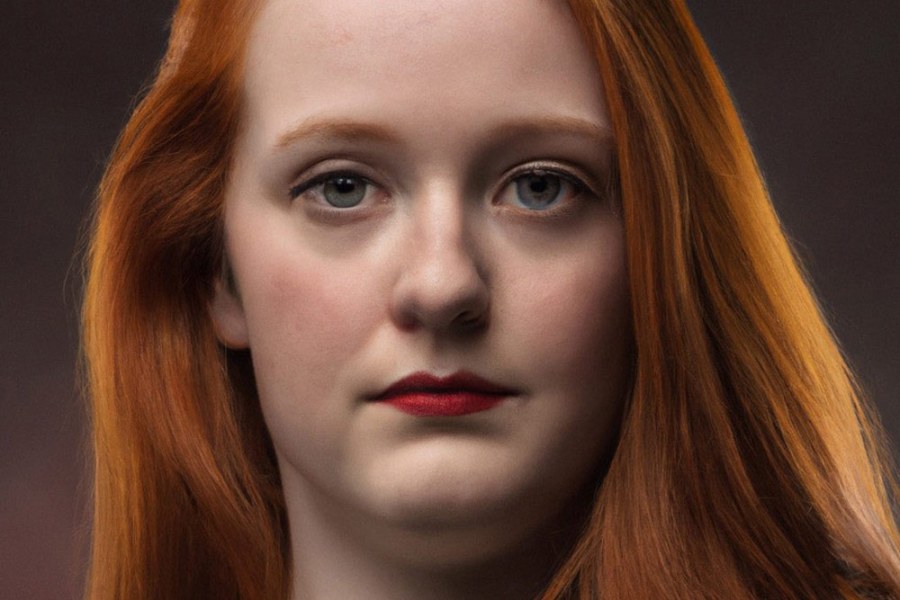David Mellor, a philosopher and artist who currently researches AI and ethics ponders: Can and will artificial intelligence replace photographers? And if so, what would the results look like?
Are AI image tools like DALL-E and Stable Diffusion a serious threat to human-made photography? They’ve certainty generated plenty of media excitement over the past few months. If you believe the hype, then we’re on the brink of a ‘paradigm shift’ in creativity. Human ingenuity and uniqueness will be swept away by a tide of robotic artistry. Pictures captured by humble meat sacks (i.e. us) will be niche, quaint, or worse, a distant memory.
I have to say that I think most of these concerns are misplaced. I’ll even go so far as to boldly predict that this isn’t a new creative era at all. Rather it’s likely to be a pretty dull period of stale outputs across the many fields of artistic and cultural production, including photography. I could be wrong: such is the danger of predictions. But I’ll stick my neck out, nonetheless.
To explain why, we need to look at how these tools actually work. I suggest you have a play with them yourself. That is, if you’ve managed to resist having a go so far. Quickly register for one of the image tools and fill in the text prompt with a detailed description of what you’d like it to produce. Try phrases like ‘photorealistic’ and also make sure you define the light source. Be generous in your descriptions of colour. Now click ‘generate’ and examine the sample of images you’re presented with.
Any good? Some might be. Others, not so much (any eight fingered hands?). If you like, you can now log into ChatGPT, the language model, and ask it to produce some text to accompany your picture. Maybe a statement about your photographic practice and influences too? These are very distracting games.
Now, let’s assume that everyone will be using these tools all the time, instead of creating new photographs and curatorial notations. The world will be saturated with images and text generated through AI models. The key word is saturated. And this is why we probably don’t need to worry. At least if our major concern is the wholesale replacement of human creativity (the real issue is displacement, which I’ll get to shortly).

Image caption: Images created using the DALL E, the one on the right was made with the prompt “photorealistic portrait of a redhead woman wearing a green dress.” Credit: David Mellor with DALL E.
The saturation of AI images (and text) will result in a form of negative feedback. Fundamentally, these models are extractive, which means they scrape data from the internet and any other data sets they’re trained on. Over time this will include all the images they’ve already produced, following our instructions. So the AI systems that we have now are entropic because they take from the system of information without putting anything back.
The system becomes progressively staved of nourishment. All the new pictures are mushed together from what already existed. Regurgitation all the way down.
I’d say that current AI image tools can extend and enhance our creativity in interesting and playful ways. But their saturation would only lead to a cycle where the same information endlessly encounters itself. I don’t think what results will win many prizes. I doubt we’ll get much aesthetic pleasure either.
However, I think the real problem here is displacement. I suspect AI image tools are meant to make us feel rather useless in comparison. I can’t help but feel that’s the point in all these projects: to make us lose a bit of hope and confidence, to feel shameful of our apparent shortcomings.
They also lack morals or politics by design because they only focus on the materials they can extract and use, rather than the social conditions in which those materials are produced. They then produce materials that are purposefully meaningless. All very nihilistic. This is why the problem is displacement, as the very meaning of things – of what matters – is pushed away from the centre of our creative processes. And I’ve not even mentioned how this could exacerbate the de-valuing of creatives in prevailing corporate culture.
Here are my two main takeaways. Firstly, this tells us a lot about the infrastructure of current AI and how we might want to confront and develop it. Secondly, we’ll still need human creativity, photography, and the other arts, for its meaningfulness and beauty. As always, it’s the conjunction of human techniques and technologies where we find what matters. We meat sacks need to be less humble when confronting new machines.
About David Mellor:
David Mellor is a philosopher and artist with a DPhil from the University of Oxford who currently researches AI and ethics at Coventry University.
The views expressed in this column are not necessarily those of Amateur Photographer magazine or Kelsey Media Limited. If you have an opinion you’d like to share on this topic, or any other photography related subject, email: ap.ed@kelsey.co.uk.
More on artificial intelligence in photography:
The human cost of artificial intelligence in photography
More opinion:
6 times shooting RAW files is the wrong thing to do
Landscape photographers: lower your carbon footprint
You don’t need the best camera to take good photos







